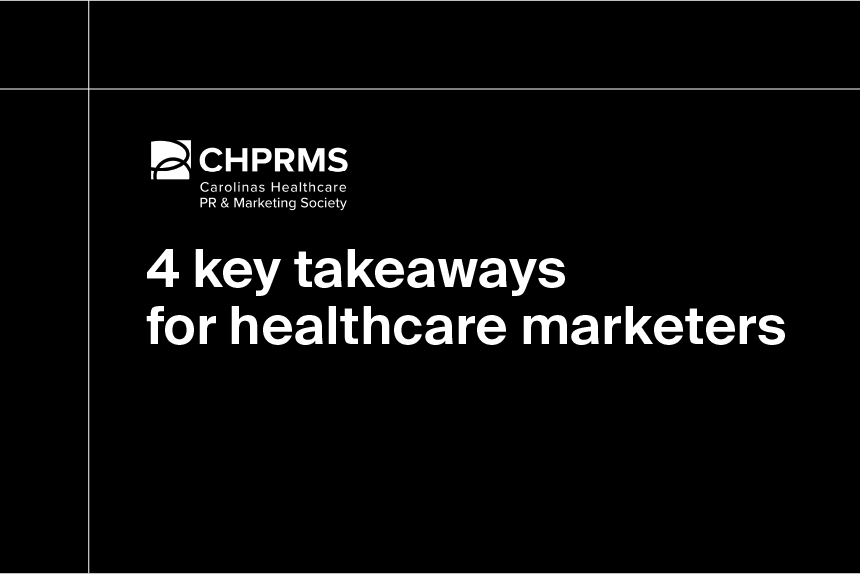The first public hospital in the United States, NYC Health + Hospitals/Bellevue (formerly Bellevue Hospital Center), opened in 1736. Since then, the number of U.S. hospitals has reached several thousand. Factors like growing populations, competition, industry consolidation, and service specialization contribute to the ever-fluctuating total number of U.S. hospitals.
How many hospitals are in the United States?
The Definitive Healthcare HospitalView product tracks 7,378 active U.S. hospitals as of April 2024. These hospital facilities are curated from nearly 40 different public, private, and proprietary sources. We update and verify information on these hospitals daily.
Our data helps those selling and marketing into the healthcare landscape understand market trends and dynamics, better segment and target, and reach the right decisionmakers.
Other sources of hospital lists and totals can vary depending on how the organization classifies each hospital type or the number of hospitals they have data for.
What are the different types of hospitals?
The 7,300 hospitals in HospitalView include the following nine different hospital types:
- Children’s hospitals provide care to patients under 18 years old.
- Critical access hospitals are designated by the Centers for Medicare and Medicaid (CMS) to help reduce financial vulnerability of rural hospitals and improve access to healthcare. They have 25 or less inpatient beds and are located more than 35 miles from another hospital.
- Department of Defense (DoD) hospitals provide care for military service members (i.e., Army, Navy, Air Force, Marines and Coast Guard), their dependents, and retirees.
- Long-term acute care hospitals have average lengths of stay of 25 days or more. They provide acute care services including respiratory therapy, head trauma treatment, and pain management.
- Psychiatric hospitals provide inpatient services for the diagnosis and treatment of mental illness on a 24/7 basis under the supervision of a physician.
- Rehabilitation hospitals specialize in improving or restoring patients’ functional abilities through therapy programs.
- Religious non-medical health care institutions provide non-medical health care items and services on a 24-hour basis to people who need hospital or skilled nursing facility care, but for whom that care would be inconsistent with their religious beliefs.
- Short-term acute care hospitals follow a traditional hospital model. Patients receive short-term emergency or non-urgent medical care for an injury, illness or other condition within an inpatient setting.
- VA hospitals are run by the Veteran’s Administration and funded by the federal government. They are responsible for the care of war veterans and other retired military personnel.
Most common hospital types in the U.S.
| Rank | Hospital type | Total number of hospitals | Percent of hospitals |
|---|---|---|---|
| 1 | Short-term acute care hospital | 3,873 | 52.5% |
| 2 | Critical access hospital | 1,362 | 18.5% |
| 3 | Psychiatric hospital | 825 | 11.2% |
| 4 | Rehabilitation hospital | 453 | 6.1% |
| 5 | Long-term acute care hospital | 386 | 5.2% |
| 6 | Children’s hospital | 270 | 3.7% |
| 7 | Veteran’s Administration (VA) hospital | 161 | 2.2% |
| 8 | Department of Defense (DoD) hospital | 35 | 0.5% |
| 9 | Religious non-medical health care institution | 13 | 0.2% |
Fig 1 Data is from the Definitive Healthcare HospitalView product and sourced from public and proprietary sources. The total number of hospitals represents hospitals listed as “active”. Accessed April 2024.
What is the most common type of hospital?
More than half of the hospitals in our HospitalView product are short-term acute care hospitals, making them the most common type of hospital in the United States. Critical access hospitals are the second most common hospital type in the U.S. with over 1,300 hospitals nationwide.
Critical access hospitals are small, rural hospitals that provide healthcare to underserved communities. Critical access hospitals play an essential role in improving healthcare access. Because of this, they receive most of their payer reimbursements from the Centers for Medicare and Medicaid Services (CMS).
Children’s hospitals, long-term acute care hospitals, psychiatric hospitals, and rehabilitation hospitals are considered specialty hospital types. This is due to the specific patient populations they serve and the specialized care they provide.
Religious non-medical health care institutions are the least common hospital type in the United States. As of April 2024, Definitive Healthcare tracks only 13 of these active facilities. This type of hospital provides 24-hour non-medical care to patients whose religious beliefs prevent them from accepting medical examinations, diagnoses, or treatments. Because of these restrictions, religious non-medical health care institutions primarily help patients with daily activities, nutritional needs, and comfort.
Hospital services and classification can change depending on things like:
- Hospital size
- Funding type
- Ownership
- Certifications
- Specialty
- Local population density
Why does the total number of U.S. hospitals change?
Industry consolidation through healthcare mergers and acquisitions is one driving force behind the changing number of hospitals in the United States. This consolidation has contributed to the decline in U.S. hospitals for several decades.
Changes to payor reimbursement structures can negatively impact hospital finances, as well. The transition to CMS value-based care reimbursements has had a particularly strong impact. For instance, if a hospital receives poor clinical and quality performance scores, they will receive lower Medicare and Medicaid reimbursements as a result. Patient care shifting to outpatient facilities like ambulatory surgery centers will also have an ongoing impact on hospital counts.
Learn more
Find out more about the data available in the Definitive Healthcare platform. Check out our list of hospitals in the United States ranked by net patient revenue or review the latest hospital revenue and expense trends.
Effective healthcare strategies require the right healthcare commercial intelligence. Watch our webinar to learn more about how to focus your sales and marketing activities. Or start a free trial now and get access to the latest on hospitals, physicians, and other healthcare providers.




